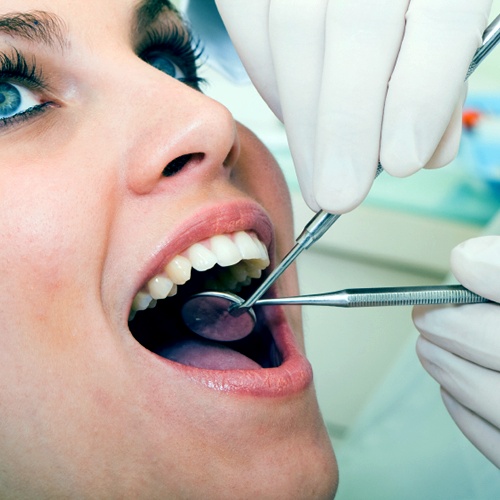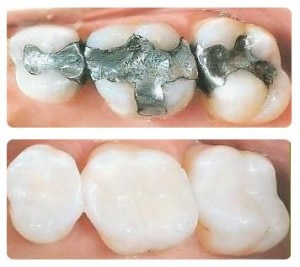General dentistry
Ten Point Dental Health Check

- Medical Check We check your general health to ensure our treatment will be safe and whether there any problems which could affect your mouth or problems in your mouth which could affect your general health?
- Life style risks: Do you smoke or drink or suffer from stress.
- Oral Hygiene: Do you brush your teeth regularly and clean between them effectively?
- Diet: Is the food or drink you consume having an affect on your teeth?
- Head & Neck Examination: Are there any lumps or bumps that are of concern? Are there any signs of throat or skin cancer?
- Jaw Joint Check: do they move smoothly and silently? Is there any pain, locks or clicks?
- Soft tissue check (e.g. tongue, lips, cheeks) are they healthy and free from signs of cancer?
- Teeth and restorations: are they healthy or are their signs of decay or excessive tooth wear?
- Gum check: Are your gums pink & healthy or are there signs of gum disease?
- Investigations: such as x-rays, photos, models to help identify any hidden problems
Composite Fillings
As well as having amalgam (silver) fillings we have the option to choose a natural looking and strong coloured filling. This material is known as a composite filling. They have been around for 50 years and have gradually evolved into a durable strong material which can be matched to your own tooth colour.
These fillings are held in the tooth by means of special chemical bonding agents which involve the use of an acid to first microscopically etch the enamel surface and then a glue (bonding agent) which cements the composite filling into the tooth. Since a chemical reaction is used to hold the filling in place there is often less drilling than for an amalgam filling which are held in the tooth by friction and often require extra drilling of healthy tooth to achieve this grip (undercut)
Composite fillings are usually more difficult to place than silver fillings and can only be placed in an tooth which can be kept clean and dry while setting (not always easy in the mouth).They can also take longer to place because the composite has to be set by a blue light.
The main advantage of composite fillings is their aesthetic appeal, they look like teeth. They are not always suitable for very large fillings, when a crown or a porcelain inlay may provide much better long term restoration but your dentist will advise you on this.
Composite fillings can be placed in your front teeth on the NHS but are considered “cosmetic” fillings and are therefore only available privately when filling back teeth.
Amalgam Fillings

Dental amalgam is the traditional silver-coloured filling we are all familiar with. Although there is mercury in dental amalgam, once it is combined with the other materials in the amalgam filling it becomes stable and harmless. Research into the safety of dental amalgam has been carried out for over a century and to date, no trustworthy studies have found a connection between amalgam fillings and any medical problem. In fact countries which have banned the use of dental amalgam have done so for environmental rather than health reasons. Amalgam fillings are the only routine fillings provided by the NHS on the biting surfaces of the teeth. Composite (tooth coloured) fillings are considered to be cosmetic and are therefore outside the NHS.
Should I have my amalgam fillings swapped for white ones?
We never recommend the removal of healthy fillings whether amalgam or otherwise. It is proved that more mercury vapour is produced during the removal of amalgam fillings than if left alone. Also every time we drill an old filling some more tooth will be removed resulting in a slightly larger cavity. If an old amalgam filling needs to be replaced due to decay or fracture then your dentist will offer you the choice of materials to be used. You may wish to adopt an “amalgam-free” policy whereby failing amalgam fillings are replaced by composite
Children's dentistry
Prevention is at the heart of our practice philosophy. You should be brushing your child’s teeth as soon as they start to erupt and this should also be the point when you start bringing them for a check-up. Bringing your child from a young age will help them get used to coming to see the dentist (because it can be daunting enough for an adult!). It also gives us an opportunity to advise you on the best way to look after your child’s teeth, what toothbrush and toothpaste to use and also to help address any problems from an early age.
From the age of 3 onwards we will paint your child’s teeth with fluoride varnish every 3-4 months to help prevent dental decay and also strengthen the developing teeth. Our Dental Health Educator will also help with brushing and diet advice to ensure that the risk of dental disease is kept to a minimum.
